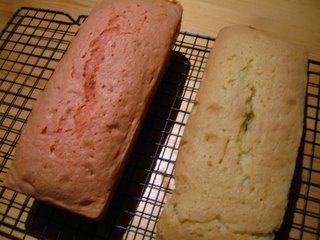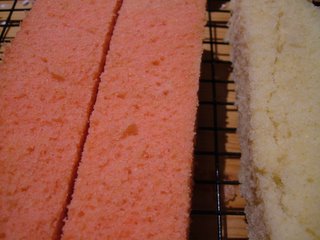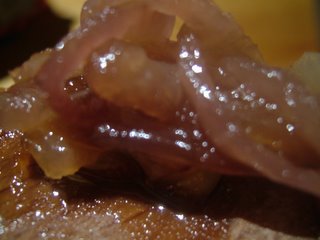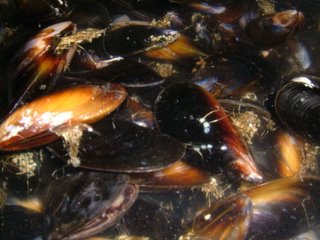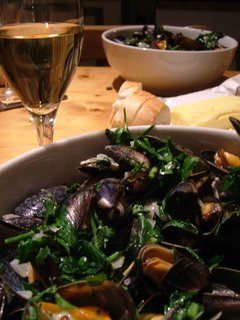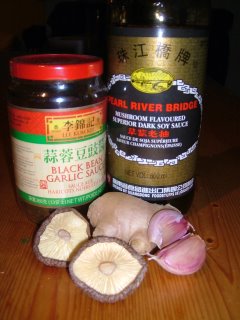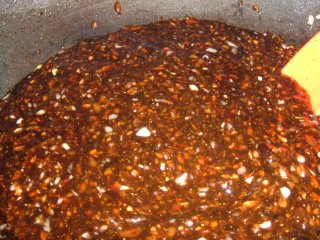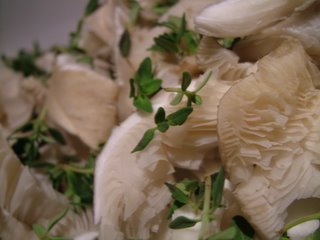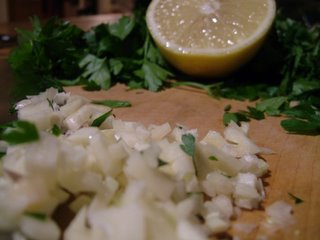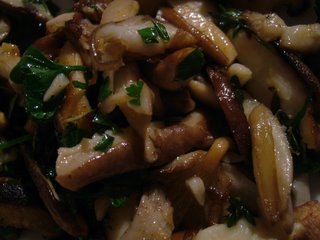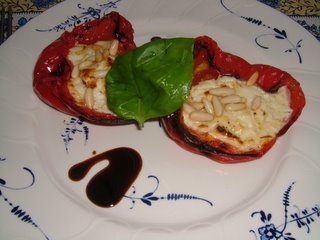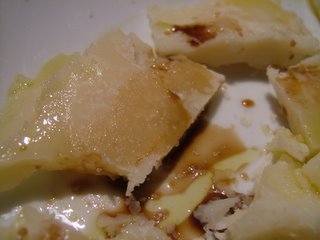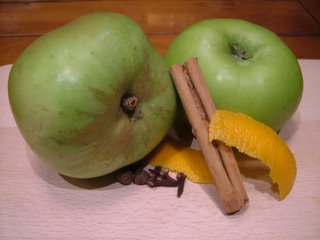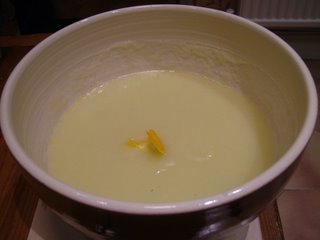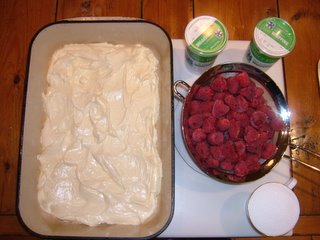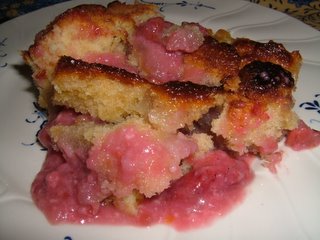 Kalyn, from Kalyn’ s Kitchen, is hosting a weekly herb blogging event, where bloggers photograph and talk about the herbs and other edible things in their garden. It just happened that I was in the garden early this morning waving my camera around and being looked at suspiciously by the postman and the village’s early risers (most of whom were walking dogs. When I find out which of them owns the dog that keeps coming into my back garden, digging up bulbs and pooing in the hole, I shall…photograph it).
Kalyn, from Kalyn’ s Kitchen, is hosting a weekly herb blogging event, where bloggers photograph and talk about the herbs and other edible things in their garden. It just happened that I was in the garden early this morning waving my camera around and being looked at suspiciously by the postman and the village’s early risers (most of whom were walking dogs. When I find out which of them owns the dog that keeps coming into my back garden, digging up bulbs and pooing in the hole, I shall…photograph it).
The small, flat herb in the centre here is a lemon thyme. I grow several thymes, and this is my favourite; it’s very fragrant, and has a verbena edge which goes beautifully in a bouquet garni. I’ll be using some in a beef and Guinness casserole later this weekend. The lemon thyme is surrounded by a French lavender, which is flowering steadily, and has been since early summer. (Given the very hard frost last night, I suspect it’ll give up now.) I use the flower heads and leaves in a lavender ice-cream which you’ll have to wait until next year to try. This is a fairly horrible photo when viewed this size; I was trying to be artistic. Must remember to stick to being mundane.
 These are the last of the rowan (mountain ash) berries. They make a very good jelly earlier in the season, when they are still hard, mixed with crab apples, but the house is currently groaning under the weight of dozens of jars of quince jelly, so I left them on the tree this year.
These are the last of the rowan (mountain ash) berries. They make a very good jelly earlier in the season, when they are still hard, mixed with crab apples, but the house is currently groaning under the weight of dozens of jars of quince jelly, so I left them on the tree this year.
An old wive’s tale says that plants near a mountain ash will fail to thrive, and often die. I do have some trouble planting around this tree, especially with plants like annual fuchsias, which aren’t all that hardy to start with. This year I’ve put in some wood anemone bulbs to flower early next year, and the hellebores under the tree do well too, so we’ll see how things are doing in the spring.
 Finally, the prickly wild English roses (Rosa Acidularis) in the garden, which smell so wonderful when they flower, are covered with bright haws at the moment. Rosehips can be used in an infusion, are used in a Chinese children’s sweet, make another excellent jelly, and can be used as a cooked dessert fruit once the white, hairy centres are removed. I deadhead all my roses to keep them flowering late into the summer and on into autumn, but this bush I leave alone to form its haws, which are as beautiful as flowers; red, fat and shiny, they decorate the bush for months. And don’t they look good in the frost?
Finally, the prickly wild English roses (Rosa Acidularis) in the garden, which smell so wonderful when they flower, are covered with bright haws at the moment. Rosehips can be used in an infusion, are used in a Chinese children’s sweet, make another excellent jelly, and can be used as a cooked dessert fruit once the white, hairy centres are removed. I deadhead all my roses to keep them flowering late into the summer and on into autumn, but this bush I leave alone to form its haws, which are as beautiful as flowers; red, fat and shiny, they decorate the bush for months. And don’t they look good in the frost?




